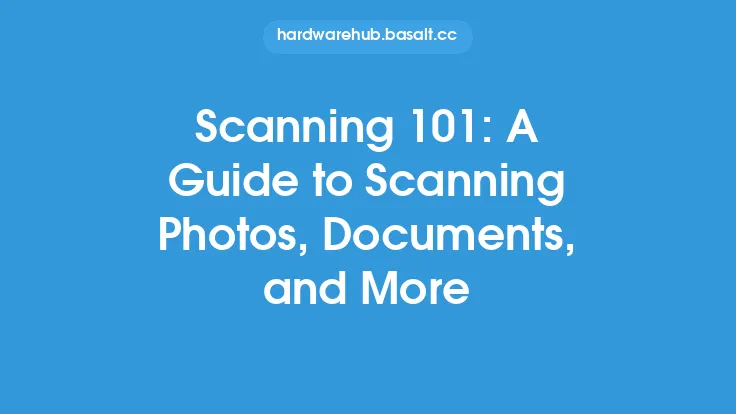When it comes to webcams, two of the most important factors to consider are resolution and frame rate. These two aspects of a webcam's performance can greatly impact the quality of the video feed, making them essential to understand for anyone looking to purchase or use a webcam. In this article, we will delve into the world of webcam resolution and frame rate, exploring what they mean, how they affect video quality, and what to look for when choosing a webcam.
Understanding Resolution
Resolution refers to the number of pixels that a webcam can capture in a single image. The more pixels a webcam can capture, the higher the resolution and the more detailed the image will be. Resolution is typically measured in terms of the number of horizontal pixels (e.g., 640, 720, 1080, etc.) and is often referred to as the webcam's "resolution" or "video resolution." Common resolutions for webcams include 360p (640x360), 480p (640x480), 720p (1280x720), 1080p (1920x1080), and 4K (3840x2160). The higher the resolution, the more detailed the image will be, but it also requires more bandwidth and processing power to transmit and display.
Understanding Frame Rate
Frame rate, on the other hand, refers to the number of images that a webcam can capture and display per second. It is typically measured in frames per second (fps) and can range from 15 fps to 60 fps or more. A higher frame rate means that the video feed will be smoother and more realistic, while a lower frame rate can result in a choppy or stuttering video feed. Frame rate is especially important for applications that require fast motion, such as video conferencing, online gaming, or live streaming.
How Resolution and Frame Rate Affect Video Quality
The combination of resolution and frame rate can greatly impact the overall video quality of a webcam. A high-resolution webcam with a low frame rate may produce a detailed but choppy video feed, while a low-resolution webcam with a high frame rate may produce a smooth but pixelated video feed. Ideally, a webcam should have a high resolution and a high frame rate to produce a detailed and smooth video feed. However, it's worth noting that higher resolutions and frame rates require more bandwidth and processing power, which can be a limitation for some systems or internet connections.
Technical Aspects of Webcam Resolution and Frame Rate
From a technical standpoint, webcam resolution and frame rate are determined by the camera's image sensor, processor, and firmware. The image sensor captures the light and converts it into an electrical signal, which is then processed by the processor and firmware to produce the final video feed. The processor and firmware can affect the webcam's resolution and frame rate by controlling the amount of data that is captured and processed. Additionally, the webcam's lens and optics can also impact the video quality by affecting the amount of light that enters the camera and the sharpness of the image.
Factors That Affect Webcam Resolution and Frame Rate
There are several factors that can affect a webcam's resolution and frame rate, including the camera's hardware, software, and internet connection. The camera's hardware, such as the image sensor and processor, can limit the maximum resolution and frame rate that the webcam can achieve. The software, such as the webcam's driver and firmware, can also impact the video quality by controlling the amount of data that is captured and processed. Additionally, the internet connection can affect the video quality by limiting the amount of bandwidth available to transmit the video feed. Other factors, such as lighting conditions and the distance between the webcam and the subject, can also impact the video quality.
Choosing the Right Webcam Resolution and Frame Rate
When choosing a webcam, it's essential to consider the resolution and frame rate that you need for your specific application. For example, if you're using the webcam for video conferencing, a resolution of 720p or 1080p and a frame rate of 30 fps may be sufficient. However, if you're using the webcam for live streaming or online gaming, you may need a higher resolution and frame rate, such as 1080p or 4K and 60 fps. It's also important to consider the system requirements and internet connection speed to ensure that the webcam can produce a smooth and detailed video feed.
Conclusion
In conclusion, webcam resolution and frame rate are two critical factors that can greatly impact the quality of a webcam's video feed. Understanding the technical aspects of resolution and frame rate, as well as the factors that can affect them, can help you choose the right webcam for your specific needs. By considering the resolution and frame rate, as well as the system requirements and internet connection speed, you can ensure that your webcam produces a smooth and detailed video feed that meets your needs. Whether you're using the webcam for video conferencing, live streaming, or online gaming, a high-quality webcam with a suitable resolution and frame rate can make all the difference in producing a professional-looking and engaging video feed.





